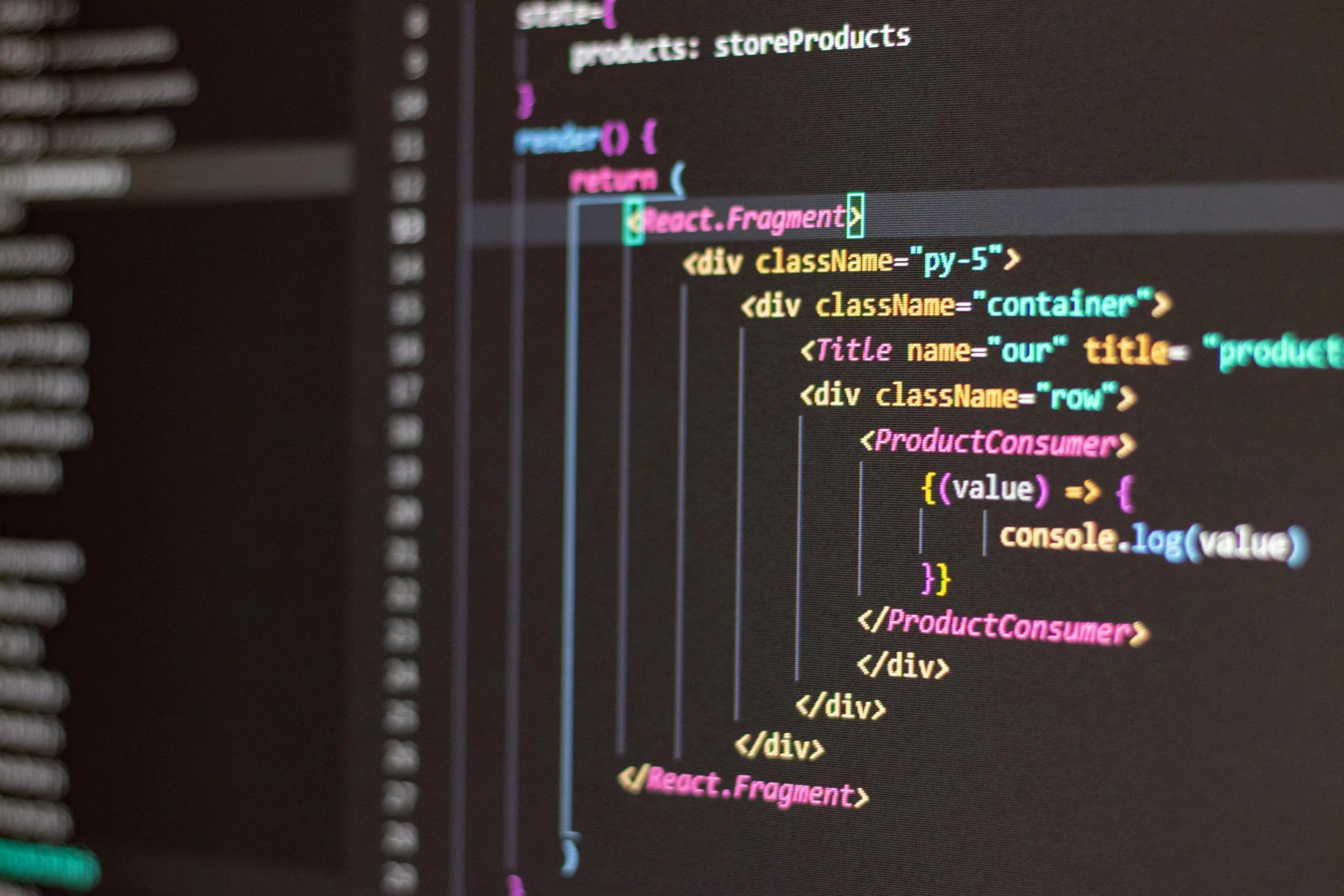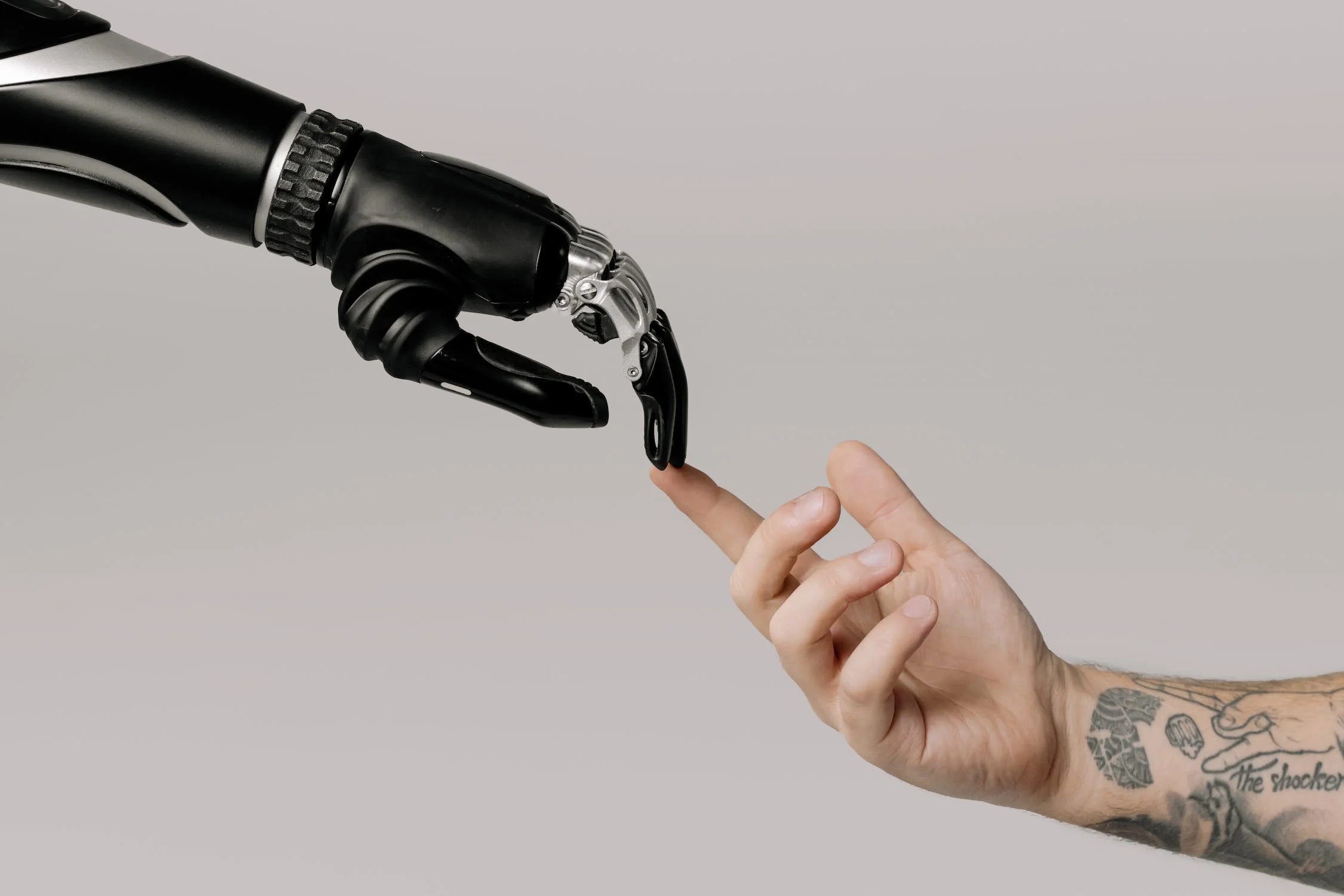In the dynamic landscape of technological innovation, the quest for crafting exceptional products has transcended mere functionality. The pivotal element that often determines the triumph or tribulation of a digital creation is the User Experience (UX). In this exploration, we delve deep into the profound impact of User Experience in the realm of engineering, unraveling the intricate threads that weave together functionality and emotion.
The Essence of User Experience in Engineering
In essence, User Experience refers to more than just the aesthetics of a product. It encapsulates the holistic journey a user undertakes when interacting with technology, from the initial encounter to the ongoing engagement. It involves understanding and incorporating emotional responses, ease of use, and overall satisfaction into the very fabric of a product. For engineers, this entails a meticulous fusion of design principles, seamless functionality, and an acute empathy for the end user.
Functionality as a Seamless Symphony
Beyond captivating design, the functionality of a product is a critical factor in shaping user experience. Whether it's a mobile application, a website, or a complex software system, engineering for exceptional user experience requires a commitment to seamless functionality.Imagine a mobile app that responds promptly to user inputs, a website with effortless navigation, or a software application that streamlines complex tasks. Each interaction should be intuitive, efficient, and devoid of unnecessary complexities. This synergy between design and functionality is the hallmark of a product engineered with the user experience in mind.
The Feedback Loop: Continuous Improvement through User Insights
One distinguishing characteristic of user experience engineering is the emphasis on a continuous feedback loop. Successful products are not static entities; they evolve based on user insights and preferences. Incorporating user feedback into the development process is not just a best practice; it's a fundamental principle of creating products that stand the test of time.User feedback provides invaluable insights into areas of improvement, feature enhancements, and emerging user needs. Through active listening and responsiveness, engineering teams can iteratively enhance products, ensuring they remain aligned with user expectations and industry trends.

Beyond Functionality: Impact on Brand Perception and Loyalty
The impact of user experience extends beyond the realm of individual interactions; it significantly influences the perception of the brand itself. A positive user experience fosters brand loyalty, advocacy, and positive word-of-mouth. On the flip side, a poor user experience can lead to frustration, negative reviews, and users seeking alternatives.Consider the leading tech brands renowned for their exceptional user experiences. Apple, for instance, has built its empire on the seamless integration of design and functionality, creating a brand synonymous with user-friendly innovation. The loyalty of Apple users is not just to the devices; it's to the overall experience—the way the products effortlessly integrate into their lives.For businesses, understanding that every touchpoint with the user is an opportunity to shape brand perception is crucial. By engineering products with a focus on positive user experiences, brands can establish themselves as trustworthy, customer-centric entities.
Navigating the Future: Emerging Technologies and User Experience
While the transition to Web3.0 brings exciting possibilities, it's not without its challenges. Scalability, interoperability, and the need for user education are areas that demand attention. However, these challenges present opportunities for innovation and collaboration within the tech community.
Embrace the Evolution:
IAs technology continues to advance, the landscape of user experience engineering evolves. Emerging technologies, such as augmented reality (AR), voice interfaces, and artificial intelligence (AI), present new frontiers for elevating user experiences.
Augmented Reality (AR): Bridging the Physical and Digital Worlds
Augmented reality overlays digital information onto the physical world, creating immersive and interactive experiences. From gaming to retail, AR has the potential to revolutionize how users interact with digital content. Engineers exploring AR must consider not only the technical intricacies but also the seamless integration of virtual elements into the user's environment.
Voice Interfaces: Conversational Experiences
Voice interfaces, powered by AI, enable users to interact with devices through natural language. As we witness the rise of virtual assistants and smart speakers, engineering for voice interfaces requires an understanding of linguistic nuances, context awareness, and the creation of conversational experiences that feel intuitive and human-like.
Artificial Intelligence (AI): Personalizing Experiences
AI plays a pivotal role in personalizing user experiences. From recommendation algorithms to predictive analytics, AI enables products to adapt to individual user preferences. However, this comes with the responsibility of ethical AI development, ensuring transparency, fairness, and user control over the AI-driven features.
Here are three main points on "Unveiling the Impact of User Experience in Engineering"
- Empathy-Driven Design:
- Seamless Fusion of Form and Function:
- Continuous Improvement through User Feedback:
Conclusion: Guided by User Experience into the Future
In the ever-evolving landscape of technology, the imperative of crafting exceptional products is not just a pursuit; it's a commitment to the user experience. As we unveil the impact of user experience in engineering, we gain profound insights into the dynamics that drive user satisfaction, brand loyalty, and the enduring success of products in the market.
The intersection of empathy, design thinking, and technological prowess is where user experience engineering flourishes. It's not a singular event but a continuous journey, a commitment to understanding, adapting, and innovating. As we navigate the future, let user experience be the guiding light that steers us toward a world where technology seamlessly integrates with the human experience, creating products that not only function but resonate with the hearts and minds of users.



